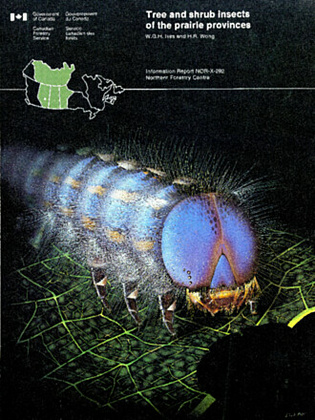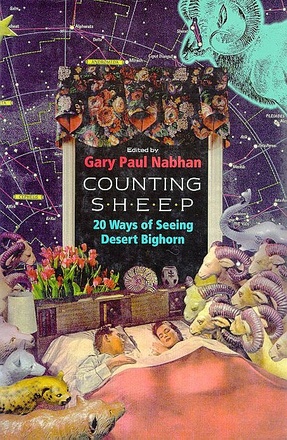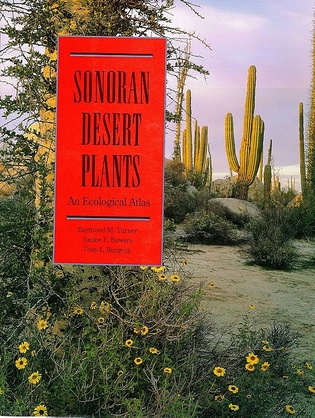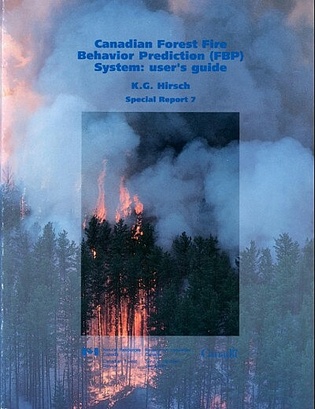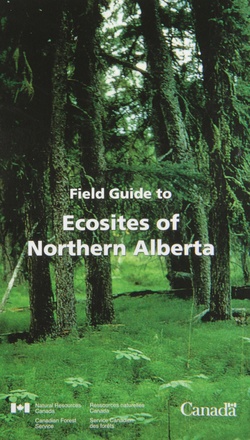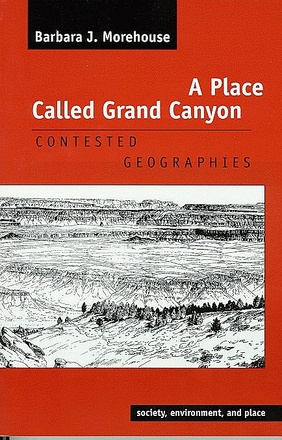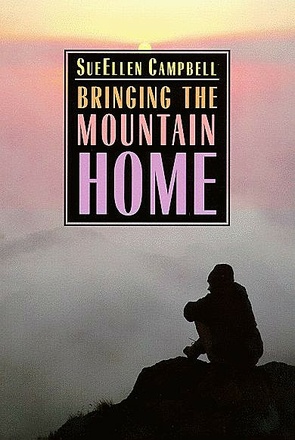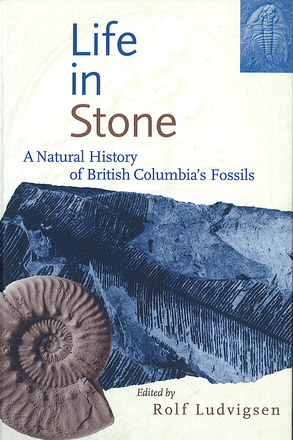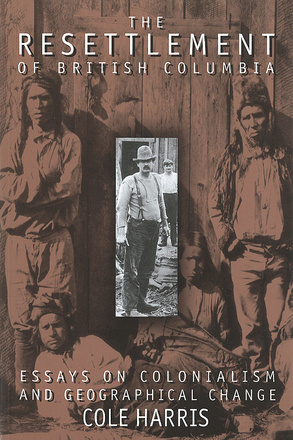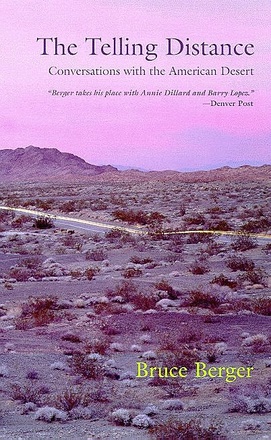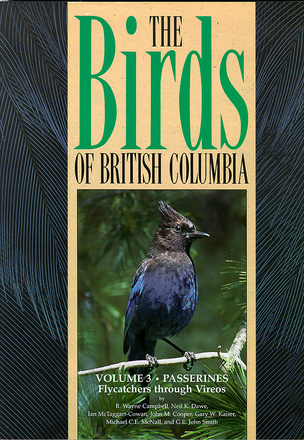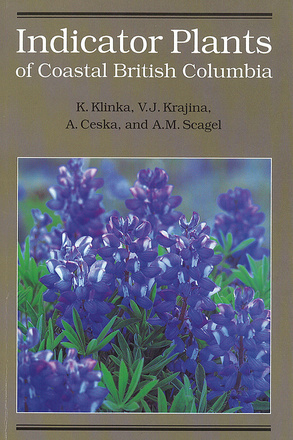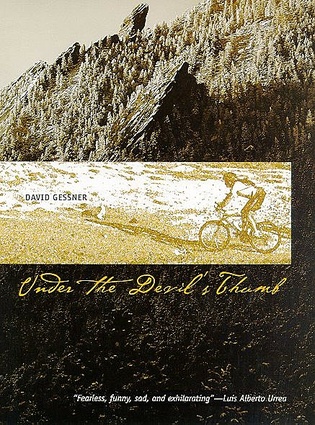Tree and shrub insects of the prairie provinces
Pacific Salmon Life Histories
Pacific Salmon Life Histories gives detailed descriptions of the different life phases through which each of the seven species pass.
Counting Sheep
Imagine sending a number of nature writers out into the same unrelenting stretch of Sonoran Desert. Then consider telling them to focus their attention on just one animal—Ovis canadensis, popularly called the desert bighorn or borrego cimarrón—and have them write about it. Have them write from makeshift blinds or from behind a gun barrel. Have them write while walking across the Cabeza Prieta at night, or while flying over it trying to radio-collar the creatures. Have them write from actual sightings of the animals or simply from their tracks and droppings.
What would result from such an exercise is Counting Sheep, an unusual anthology that demonstrates the range of possibilities in nature writing. While ostensibly a collection of writings about these desert sheep that live along the U.S.-Mexico border, it also represents an attempt to broaden the scope of the natural history essay.
Writers trained in a wide range of disciplines spanning the natural and social sciences here offer a similarly diverse collection of writings, with women's, Hispanic, and Native American views complementing those in a genre long dominated by Anglo men. The four sections of the anthology comprise pre-Anglo-American tradition, examples of early nature writing, varied responses by modern writers to actually counting sheep, and a selection of essays that place bighorns in the context of the larger world.
Counting Sheep celebrates the diversity of cultural responses to this single animal species in its Sonoran Desert habitat and invites readers to change the way in which they view their relationship to wild creatures everywhere. It also shows how nature writers can delight us all by the varied ways in which they practice their craft.
Contributors:
Charles Bowden
David E. Brown
Bill Broyles
Julian Hayden
William T. Hornaday
Paul Krausman
Danny Lopez
Eric Mellink
Mauricio Mixco
Gale Monson
Gary Paul Nabhan
Doug Peacock
Kermit Roosevelt
Harley G. Shaw
Charles Sheldon
Peter Steinhart
Anita Alvarez de Williams
Terry Tempest Williams
Ann Zwinger
There Was a River
On October 7, 1962, Bruce Berger and three friends embarked on what may have been the last trip taken through the Colorado River's Glen Canyon before the floodgates were closed at Glen Canyon Dam and Lake Powell began to fill. After thirty years, one can grieve for what was lost and then, like Berger, take another look around.
The Southwest Berger sees is an unusual, even odd, place, with inhabitants that are just as strange. In this collection of essays he introduces us to people and places that define a region and a way of life. We meet eccentric desert dwellers like Cactus Pete, who claimed to have mapped the mountains of Venus long before NASA penetrated its clouds. We chart the canals of Phoenix, which have created a Martian landscape out of an irrigation system dating back to the ancient Hohokam; stay at a "wigwam" motel in Holbrook, whose kitsch appeals even to Hopis; and dim our lights for the International Dark-Sky Association's efforts to keep night skies safe for astronomy.
Focusing on the interaction of people with the environment, Berger reveals an original vision of the Southwest that encompasses both city and wilderness. In a concluding essay centering on the sale of his mother's estate in Phoenix, he concedes that "our intention to leave the desert alone has resulted, unwittingly, in loss after loss, simply by our being here." Sometimes there are lossesa canyon, a housebut Berger attunes us to the prodigies of change.
Masters of the Ocean Realm
Whales, Dolphins, and Porpoises
Provides a colourful, accessible introduction to how scientists study whales, dolphins and porpoises - our close relatives - and what they have learned.
Physiological Ecology of Pacific Salmon
Forest ecosystem classification for Manitoba
field guide
Sonoran Desert Plants
The Sonoran Desert, a fragile ecosystem, is under ever-increasing pressure from a burgeoning human population. This ecological atlas of the region's plants, a greatly enlarged and full revised version of the original 1972 atlas, will be an invaluable resource for plant ecologists, botanists, geographers, and other scientists, and for all with a serious interest in living with and protecting a unique natural southwestern heritage.
An encyclopedia as well as an atlas, this monumental work describes the taxonomy, geographic distribution, and ecology of 339 plants, most of them common and characteristic trees, shrubs, or succulants. Also included is valuable information on natural history and ethnobotanical, commercial, and horticultural uses of these plants. The entry for each species includes a range map, an elevational profile, and a narrative account. The authors also include an extensive bibliography, referring the reader to the latest research and numerous references of historical importance, with a glossary to aid the general reader.
Sonoran Desert Plants is a monumental work, unlikely to be superseded in the next generation. As the region continues to attract more people, there will be an increasingly urgent need for basic knowledge of plant species as a guide for creative and sustainable habitation of the area. This book will stand as a landmark resource for many years to come.
Canadian Forest Fire Behavior Prediction (FBP) System
user's guide
The Canadian Forest Fire Behavior Prediction (FBP) System provides a systematic method of assessing fire behavior. The FBP System has 14 primary inputs that can be divided into 5 general categories: fuels, weather, topography, foliar moisture content, and type and duration of prediction. In the FBP System these inputs are used to mathematically develop 4 primary and 11 secondary outputs. Primary outputs are generally based on a fire intensity equation, and secondary outputs are calculated using a simple elliptical fire growth model. This publication provides diagrams, examples, and exercises that explain the FBP System in a user-oriented manner. This guide delineates the interpretation of the FBP System's inputs and outputs and details how the predictions are derived.
Field Guide to Ecosites of Northern Alberta
Field guide to ecosites of southwestern Alberta
Field guide to ecosites of the mid-boreal ecoregions of Saskatchewan
A Place Called Grand Canyon
For most people, "Grand Canyon" signifies that place of scenic wonder identified with Grand Canyon National Park. Beyond the boundaries of the park, however, extends the greater Grand Canyon, a region that includes five Indian reservations, numerous human settlements, and lands managed by three federal agencies and by the states of Arizona and Utah. Many people have sought to etch their values, economic practices, and physical presence on this vast expanse. Ultimately, all have had to come to terms with the limits imposed by the physical environment and the constraints posed by others seeking to carve out a place for themselves.
A Place Called Grand Canyon is an unprecedented survey of how the lands and resources of the greater Grand Canyon have come to be divided in many different ways and for many different reasons. It chronicles the ebb and flow of power --changes in who controls the land and gives it meaning. The book begins with an exploration of the geographies of the native peoples, then examines how the westward expansion of the United States affected their lives and lands. It traces the century of contest and negotiation over the land and its resources that began in the 1880s and concludes with an assessment of contemporary efforts to redefine the region. Along the way, it explores how the spaces of the greater Grand Canyon area came to be defined and used, and how those spaces in turn influenced later contests among the ranchers, loggers, miners, recreationists, preservationists, Native Americans, and others claiming a piece--or all--of the area for their own ends. The story exposes how dynamic the geographical boundaries of the region really are, regardless of the indelibility of the ink with which they were drawn.
With visitation to Grand Canyon National Park approaching five million people per year, pressures on resources are intensifying. When the greater Grand Canyon area is considered, environmental management is further complicated by the often-conflicting demands of business, recreation, ecological preservation, and human settlement. Morehouse invites us to look beyond boundaries drawn on maps to discover what Grand Canyon means to different people, and to think more deeply about what living in harmony with the land really entails. Her insights will be of interest to geographers and other social scientists--including anthropologists and environmental historians--and to all who seek a counterpoint to conventional natural histories of the region.
Bringing the Mountain Home
"We like to think that in the wilderness we escape streets and signs. We venture beyond familiar places where everything has been named, made human, possessed, where all paths are known, mapped, set in concrete or ink.. A wilderness is roadless, both by agreement and by law. Surely this should also mean trailless, signless, mapless, nameless: no trace of human writing on the land, nothing to say that we have inscribed this place as ours. An absence that signals the purity of the land, an absence at the center of our desire.
Maybe we should go to the wilderness to get lost, to lose the familiar way of cities and towns, to let loose of our everyday sense of our place, and find another way of being in the world. Lost, amazed, I might forget myself and find myself, a creature among other creatures, a reed in the wind, fed by sunlight, dead plants and animals, minerals from the mountains crumbling at my feet." --SueEllen Campbell, from Bringing the Mountain Home A deeply loved landscape holds us fast to the planet, says SueEllen Campbell in this engaging exploration of our relationships with wild places.
What lies at the core of such love? What draws us to a windblown mountaintop, the slickrock desert, the crash and roar of a whitewater river? What desires shape our wilderness journeys--backpacking, rafting, hiking--and what events, emotions, and ideas shape the stories we tell about them? Campbell explores these questions through personal narratives that float between memoir and meditation, nature essay and adventure story. She travels to a remote spot in Kenya, where thousands of flamingos "encircle the geysers and carpet the glassy lake. In the rain forests of Dominica, she marvels at parrots as bits of green forest tipped with scarlet and given wing.
But always she returns to the intimate landscapes of her home in the Rocky Mountain and desert West. There, a trudge into the Grand Canyon becomes a pilgrimage into the earth's immensity. Layers of personal grubbiness offer an introduction to geology, and a comical obsession with equipment hints at how to live in the moment. A climb up a familiar mountain turns into a brush with death.
By turns celebratory, funny, lyrical, and down-to-earth, Campbell's is an exuberant new voice that will appeal to many readers. Lovers of the outdoors, armchair travelers, and students of nature writing will find in this book a field guide to the emotions and ideas set loose in us by wild places.
Life in Stone
A Natural History of British Columbia's Fossils
Richly illustrated with photographs and drawings, this is the first book to focus on British Columbia's fossils.
The Resettlement of British Columbia
Essays on Colonialism and Geographical Change
In this beautifully crafted collection of essays, Cole Harris reflects on the strategies of colonialism in British Columbia during the first 150 years after the arrival of European settlers.
The Telling Distance
Winner of the 1990 Western States Book Award for Creative Nonfiction, The Telling Distance evokes the yearning expanses of our southwestern deserts and finds them full of sensuous marvels, erratic life forms, eccentric fellow travelers, dry humor, and surprise. In prose that revels in paradox, it reveals desert distances to ...
Birds of British Columbia, Volume 3
Passerines - Flycatchers through Vireos
The Birds of British Columbia is a complete reference work for bird-watchers, ornithologists, and naturalists who want in-depth information on the province's regularly occurring and rare birds.
Plants of British Columbia
Scientific and Common Names of Vascular Plants, Bryophytes, and Lichens
An up-to-date checklist of the current valid taxonomy for all vascular plants, bryophytes, and lichens in British Columbia.
Under the Devil's Thumb
David Gessner first moved to Colorado in the wake of a bout with cancer. In Under the Devil's Thumb, this young New Englander takes readers on a joyous quest to discover the mysteries of the western landscape and the landscape of the soul as well.
In the West Gessner began to rewrite his life. Under the Devil's Thumb is a story of rugged determination and sweat, as well as humor, adventure and hope. In and around his new hometown of Boulder, Colorado, Gessner hiked hard and ran alongside flooded creeks. He found that the West was a place of storiesstories that grow out of the ground, flow out of the dirt, work their way through one's limbs, and drive people to push their physical limits.
Hiking up scree slopes toward the Devil's Thumb, a massive outcrop of orange rock that attracts climbers, hikers, and contemplaters, Gessner reflects on the illness he has so recently survived. He pushes his physical limits, hoping to outrun death, to outrun dread. He finds momentary transcendence in the joys and self-inflicted pain of mountain biking. "Nothing but the hardest ride has the power to flush out worry, mind clutter, and dread." In tranquil moments he seeks a chance to recover an animal self that is strong and powerful enough to conquer mountains, but also still and quiet enough to see things human beings ignore.
In the mountain West, Gessner finds what Wallace Stegner called "the geography of hope." He finds within himself an interior landscape that is healthy and strong. Combining memoir, nature writing, and travel writing, Under the Devil's Thumb is one man's journey deep into a place of healing.

